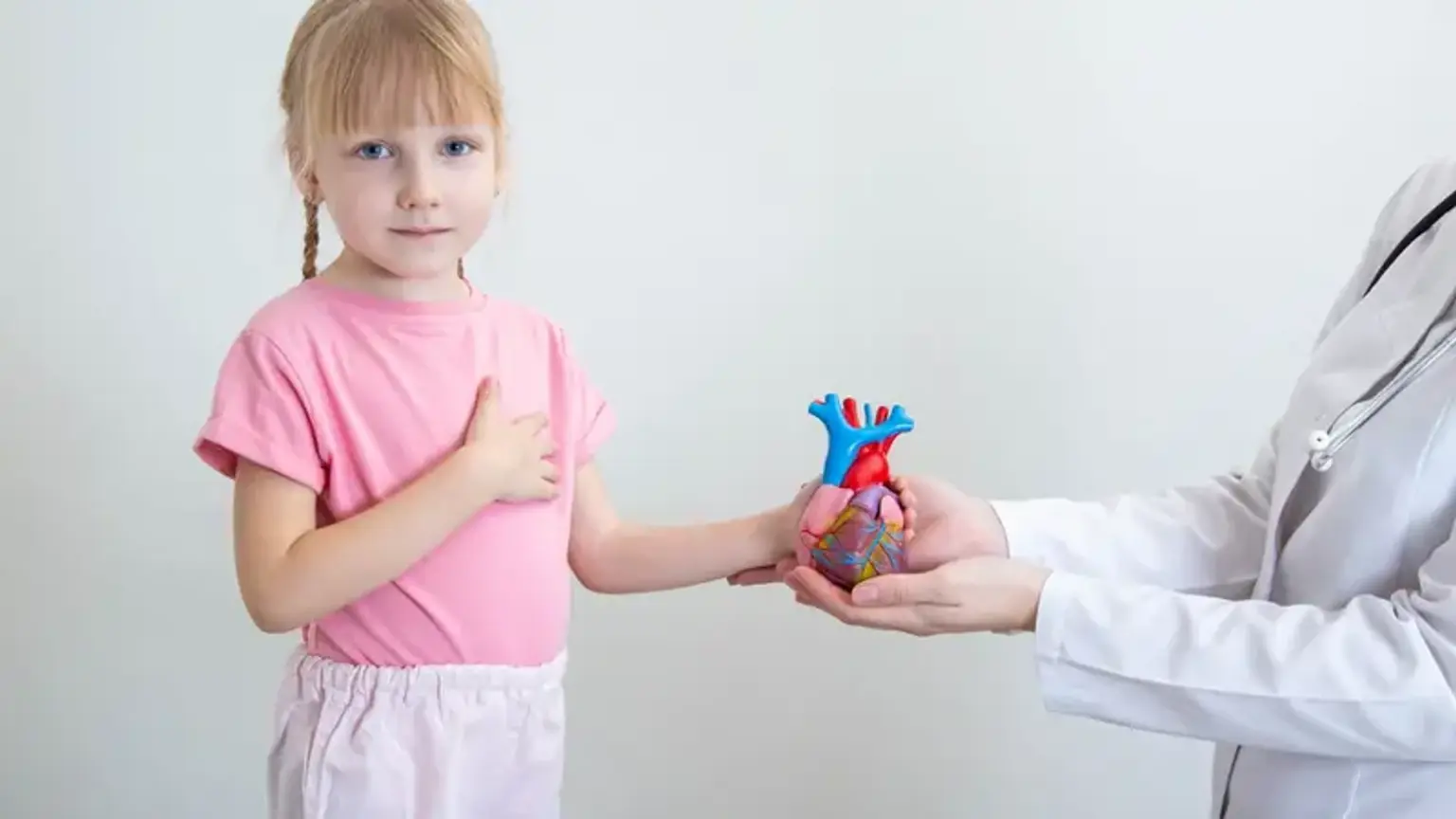Introduction
Aortic coarctation is a congenital heart defect characterized by the narrowing of the aorta, the large artery responsible for carrying oxygen-rich blood from the heart to the rest of the body. This condition can lead to significant health complications if left untreated, including high blood pressure, heart failure, and reduced blood flow to vital organs.
While aortic coarctation is a relatively rare condition, advancements in cardiovascular health management have made early detection and treatment more effective than ever. Countries like South Korea have emerged as leaders in the diagnosis and treatment of heart conditions, thanks to their state-of-the-art cardiology centers and skilled practitioners. Understanding the causes, symptoms, and treatment options for aortic coarctation is crucial for ensuring the best outcomes for patients.
What is Aortic Coarctation?
Aortic coarctation refers to the narrowing of a segment of the aorta, which results in restricted blood flow and increased pressure on the heart. The condition is often present at birth and is classified as a congenital heart defect. While it may be isolated, it can also occur alongside other heart abnormalities, such as ventricular septal defects or bicuspid aortic valves.
The severity of the narrowing varies among patients. In mild cases, symptoms may not appear until later in life, while severe cases in newborns require immediate medical intervention. Aortic coarctation is a progressive condition, meaning that even minor narrowing can worsen over time, leading to complications such as high blood pressure, aneurysms, or heart failure if untreated.
